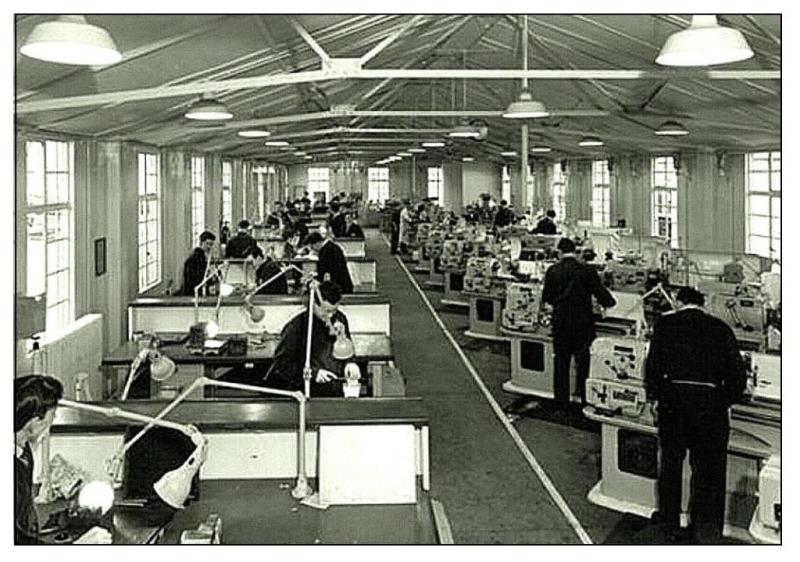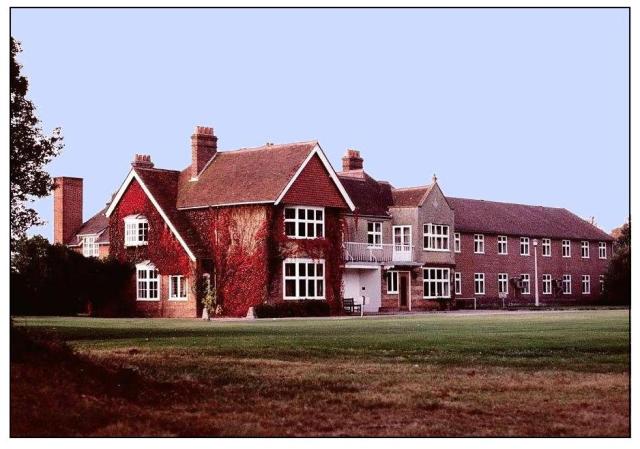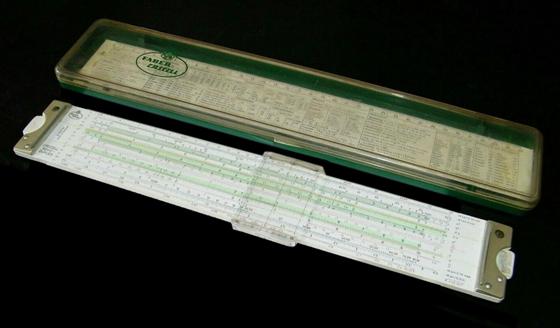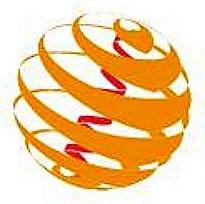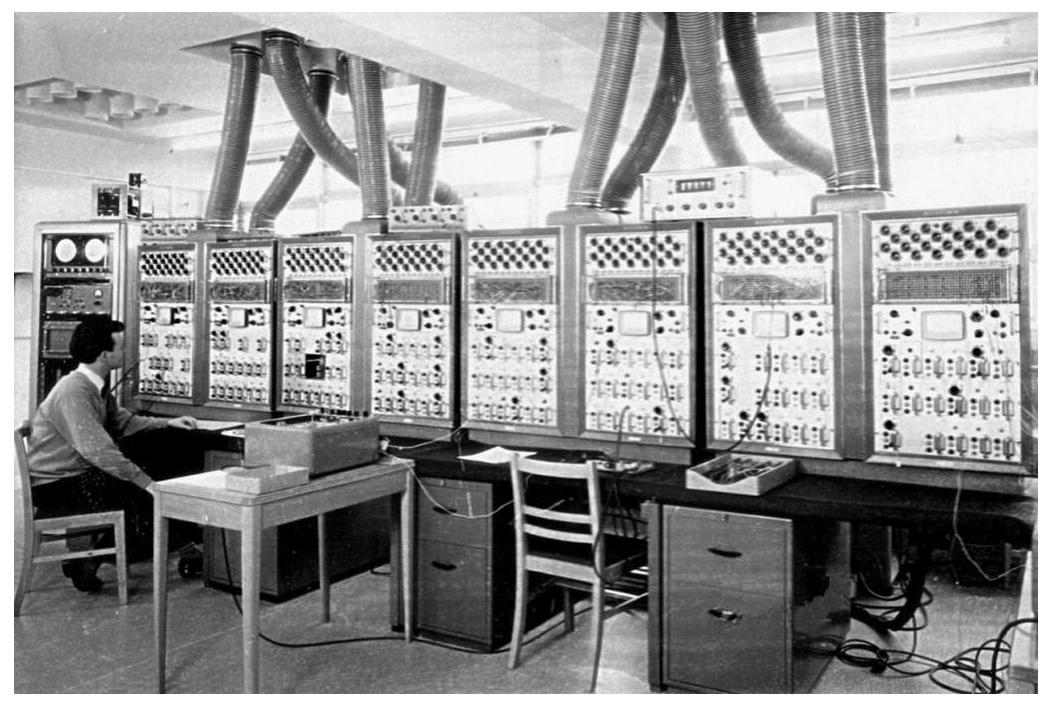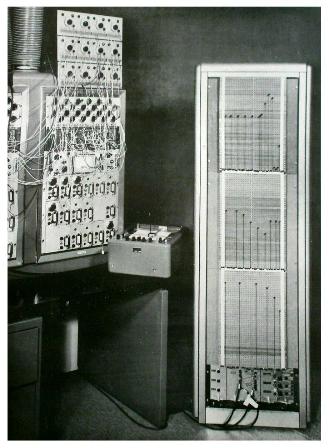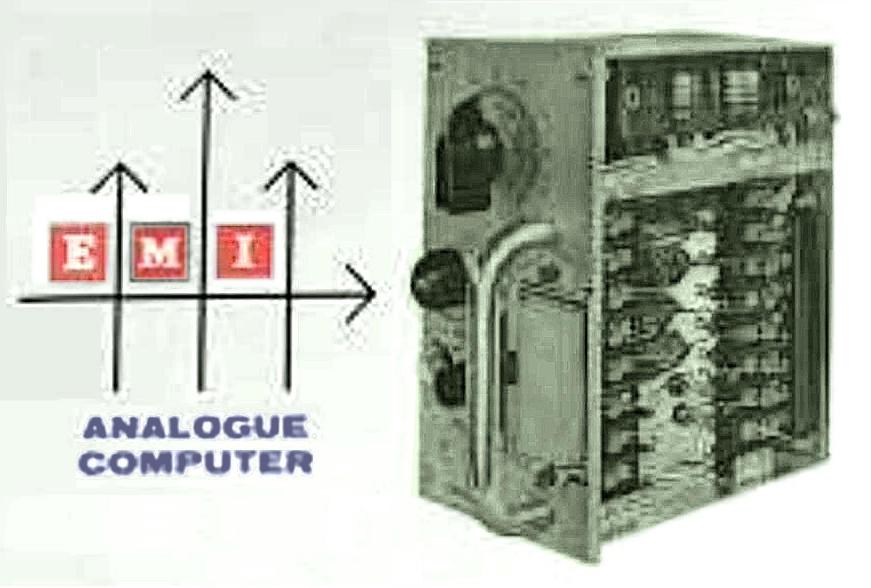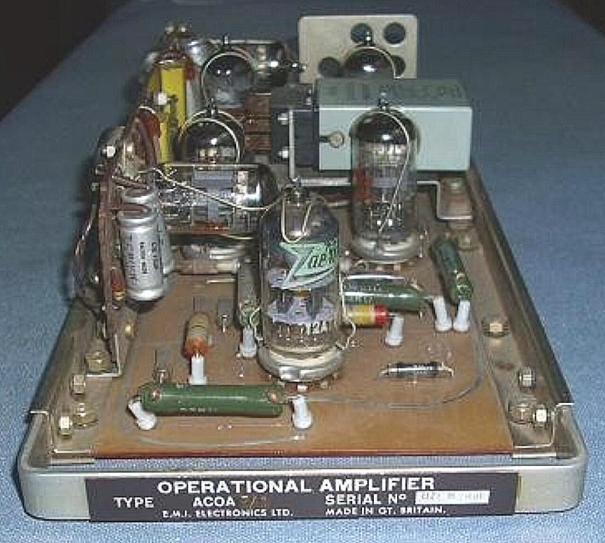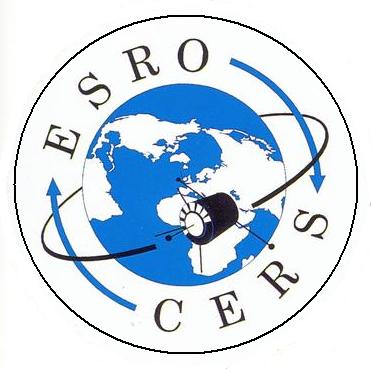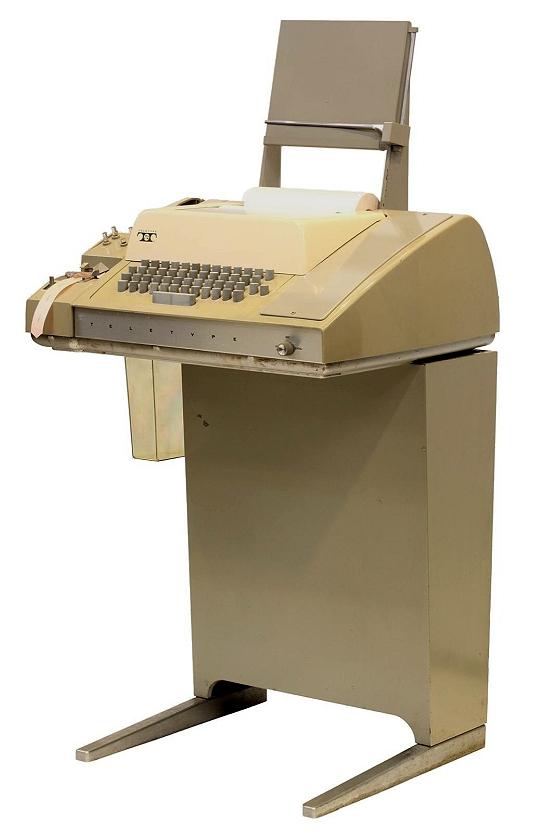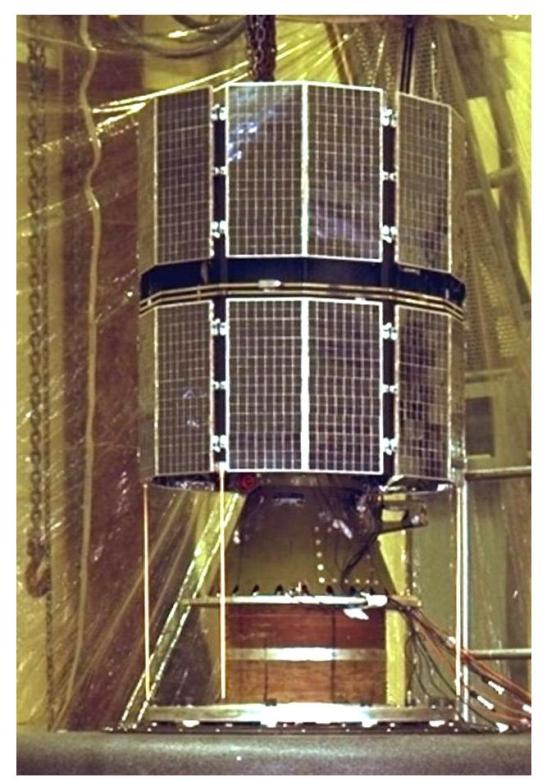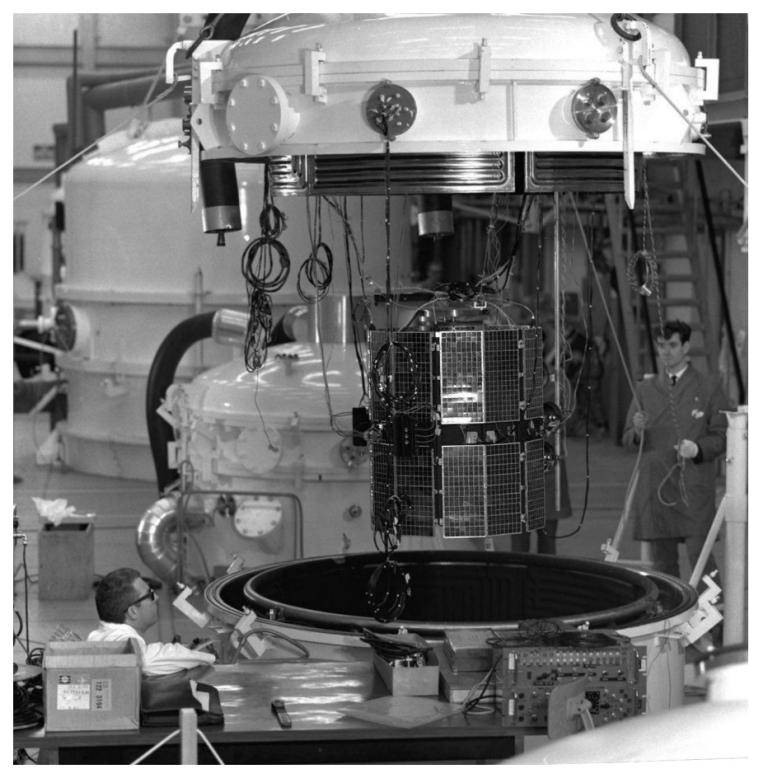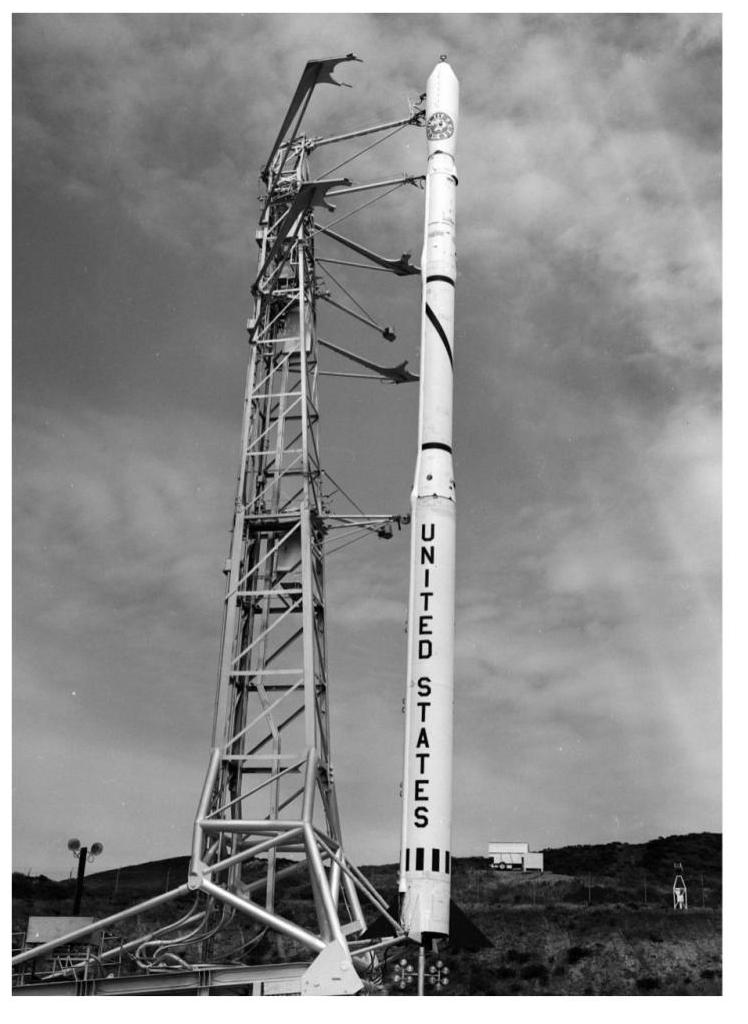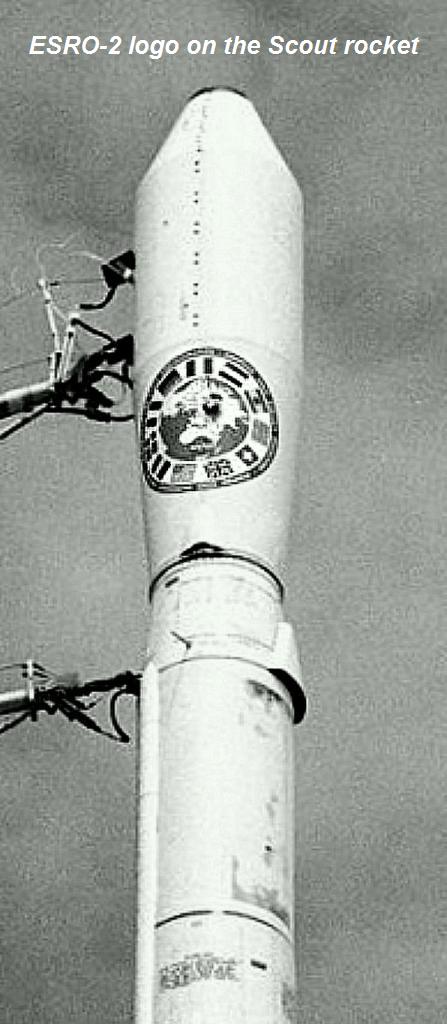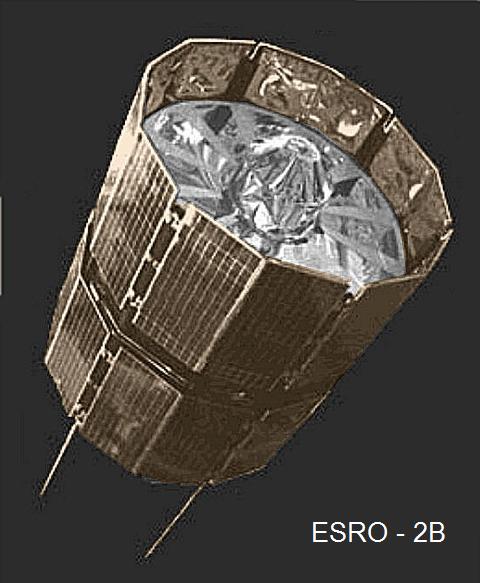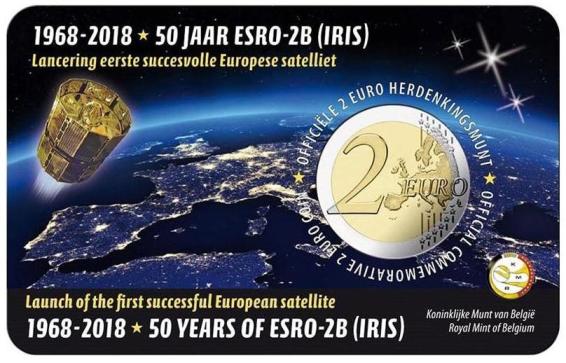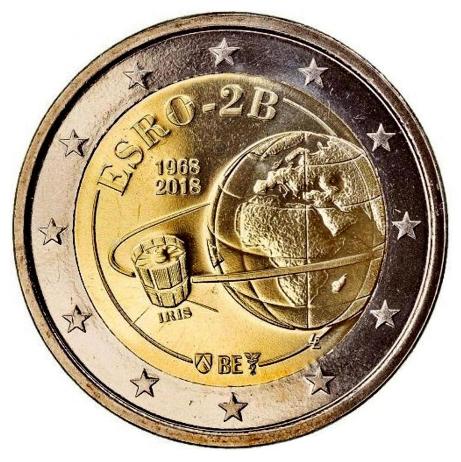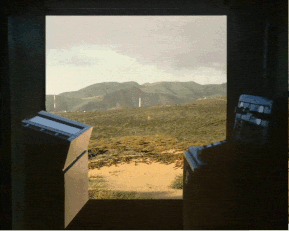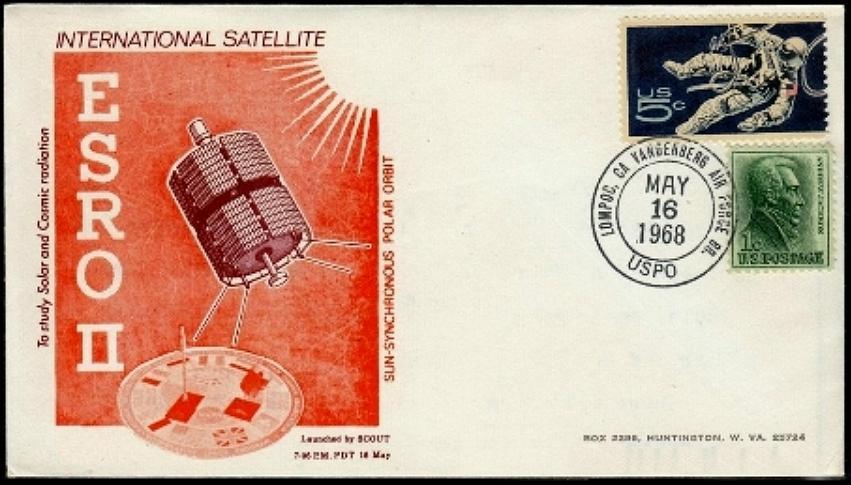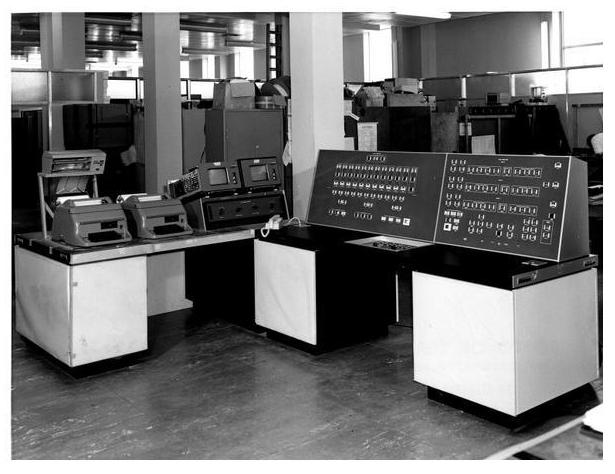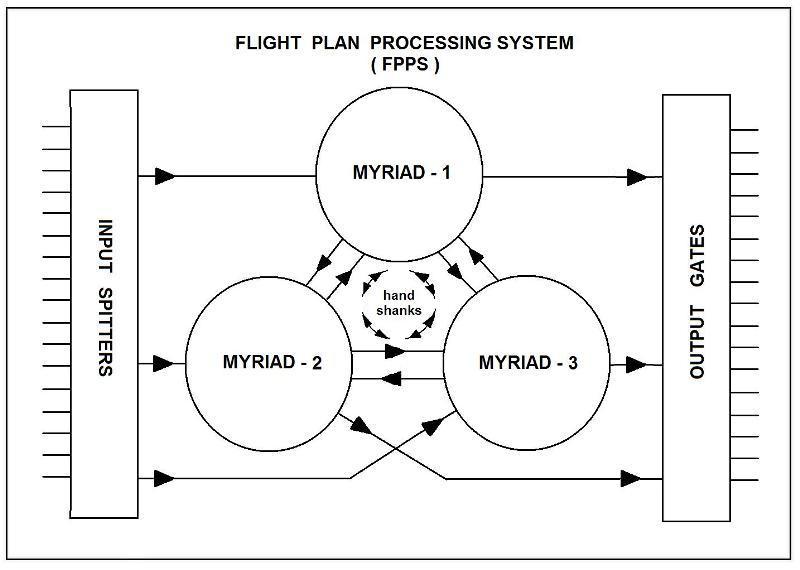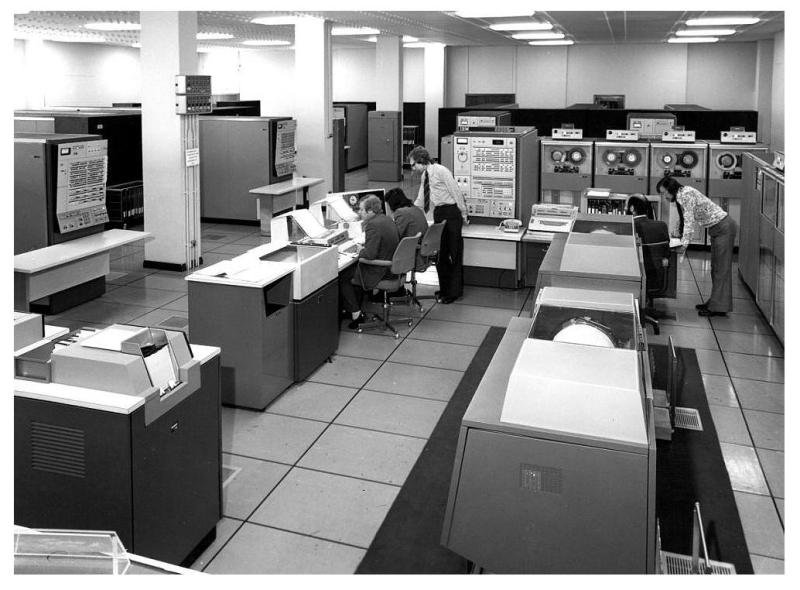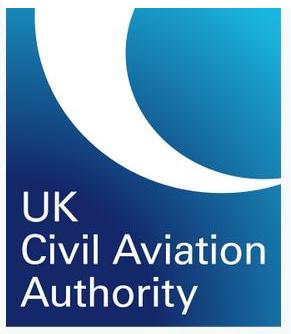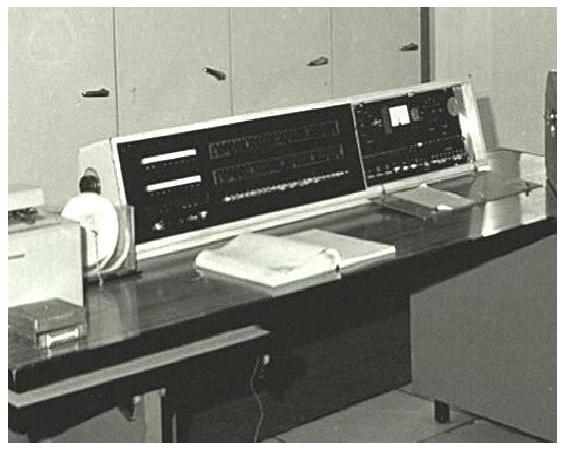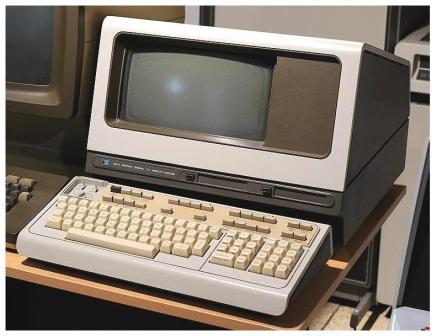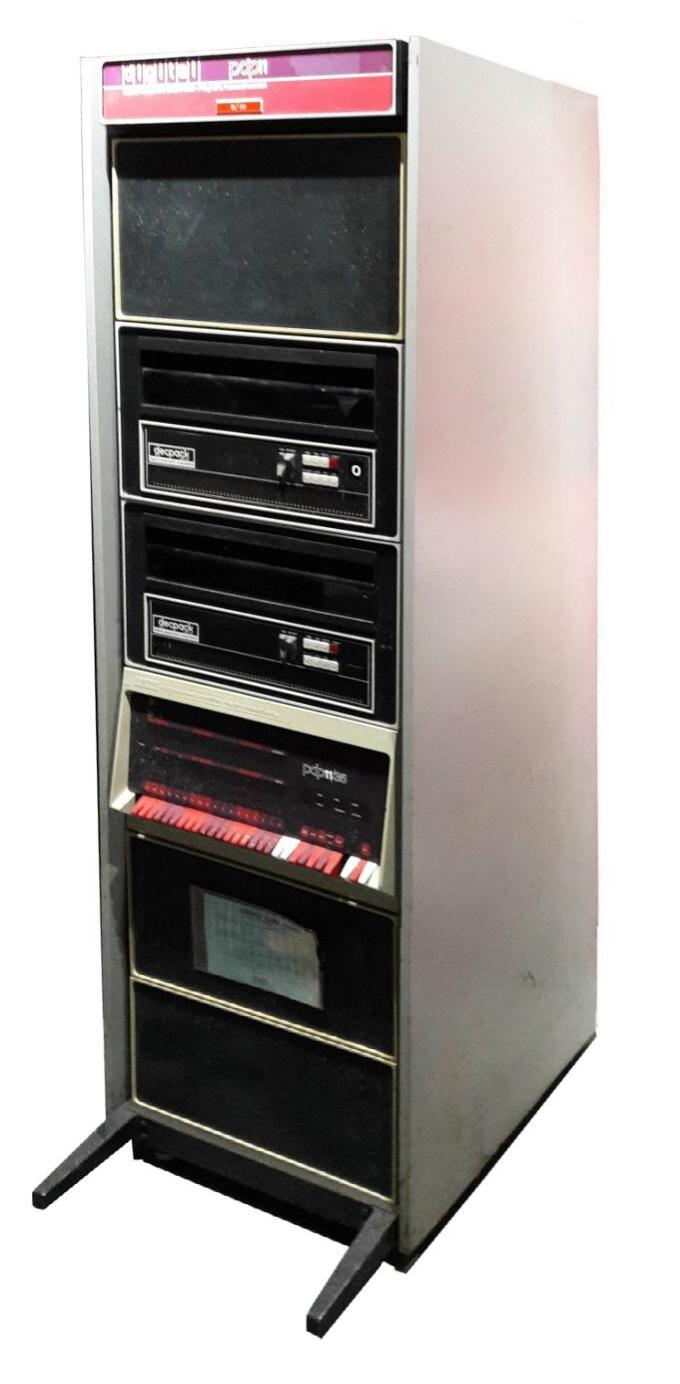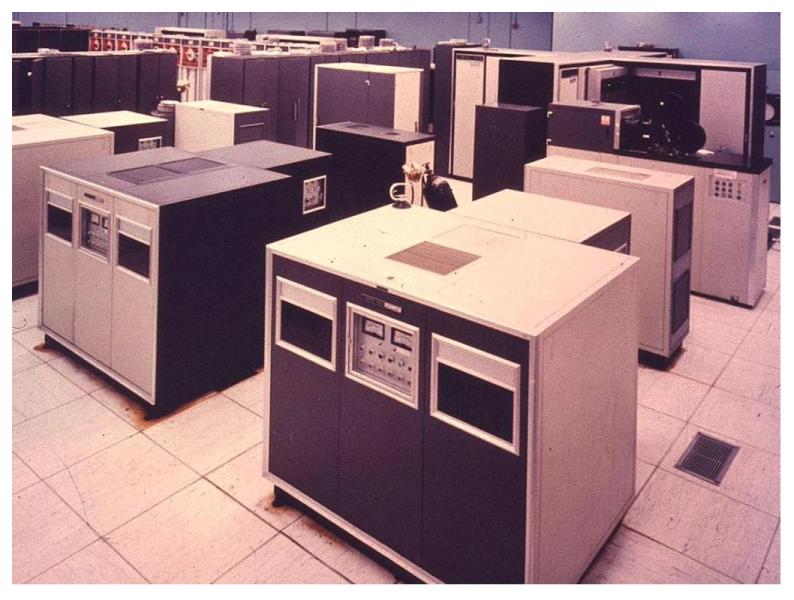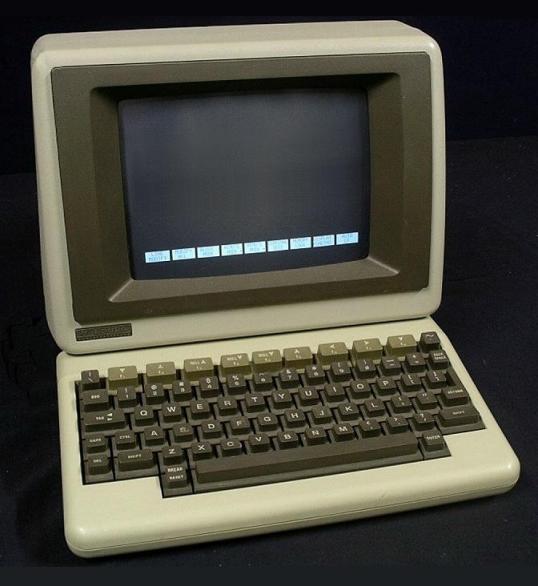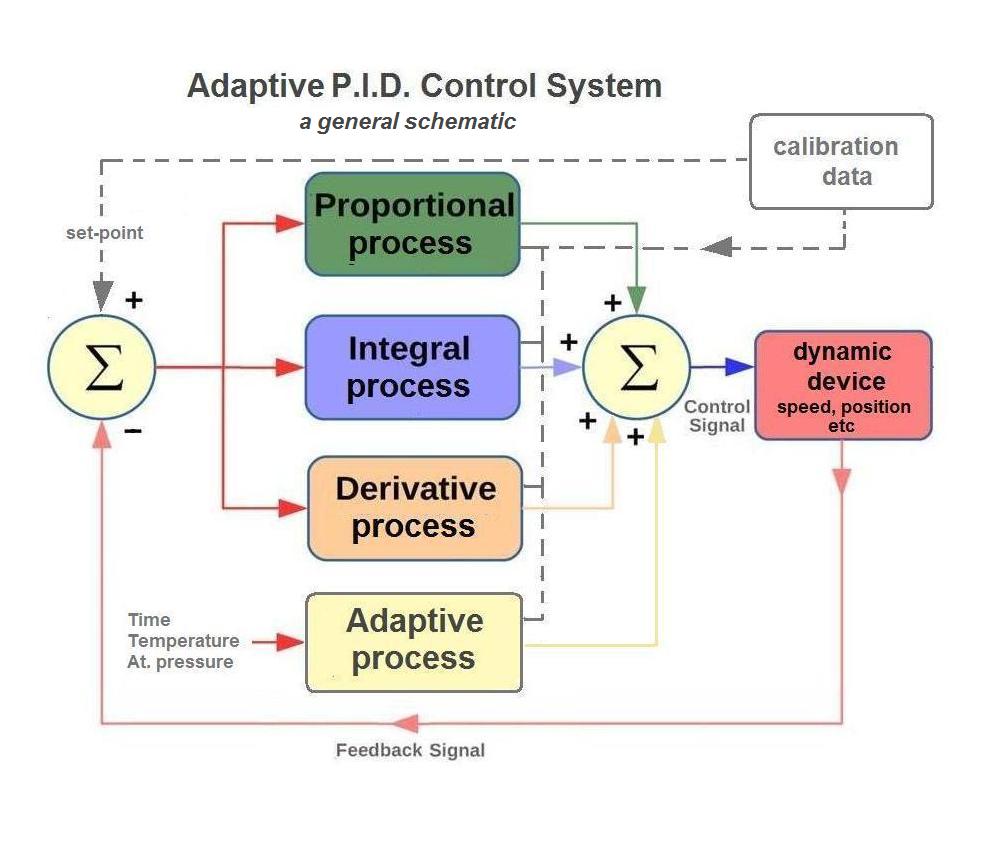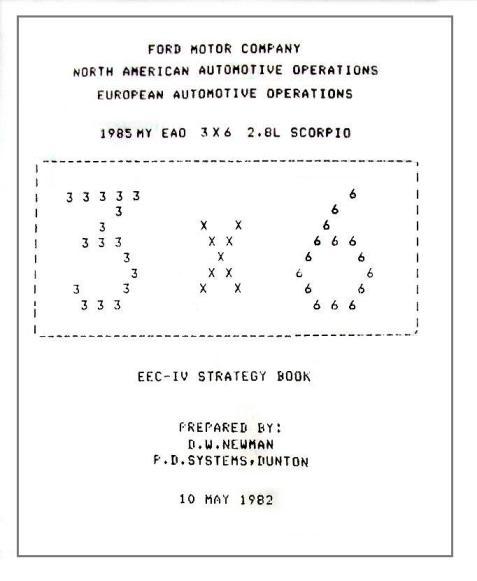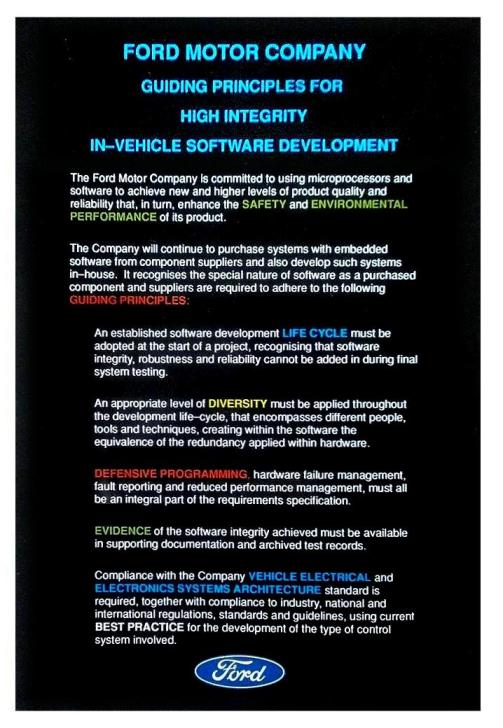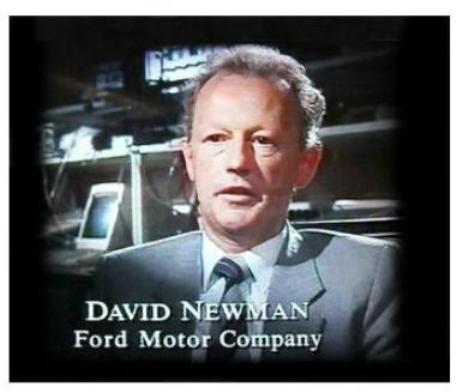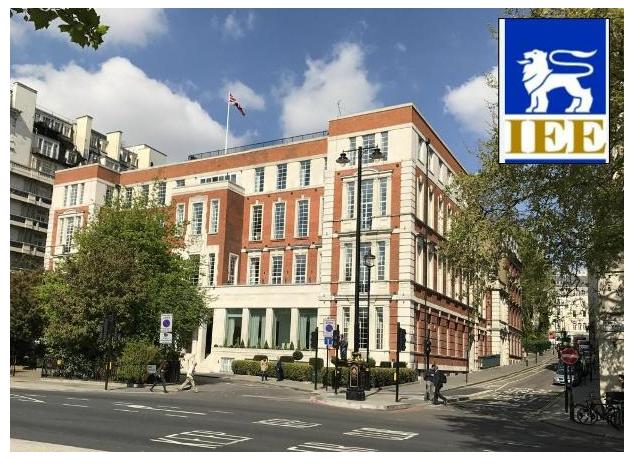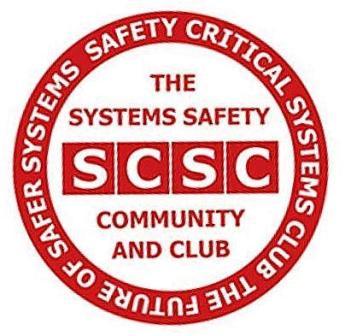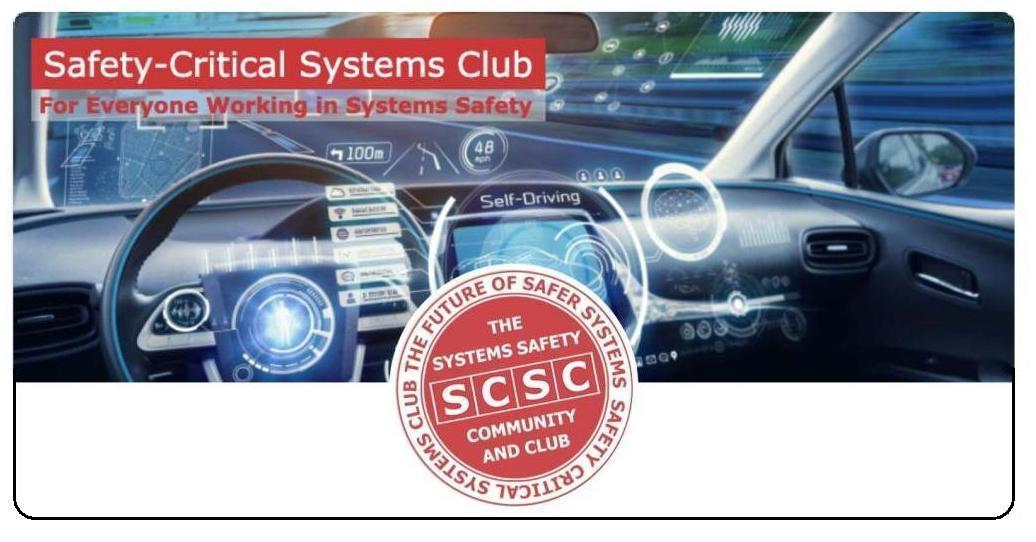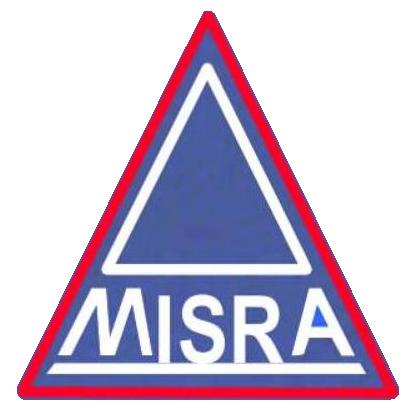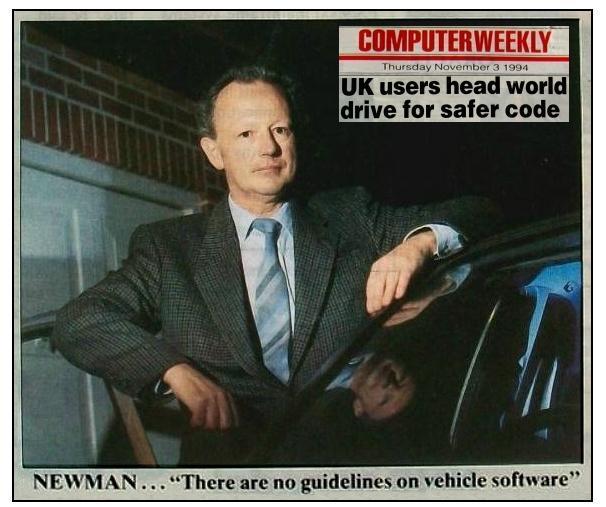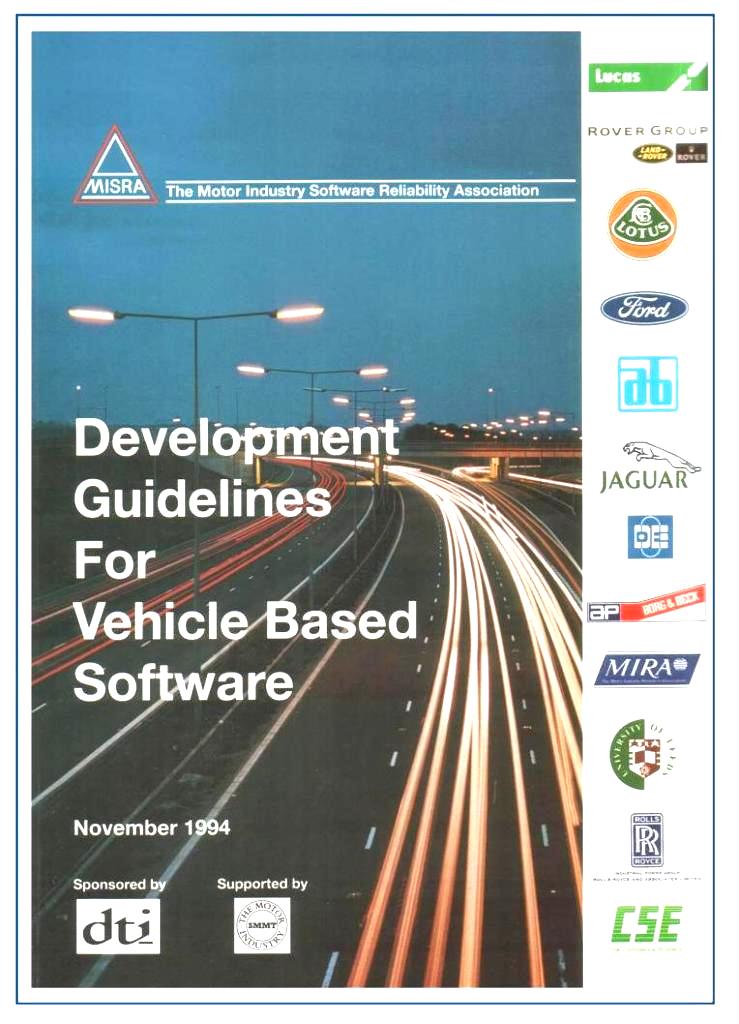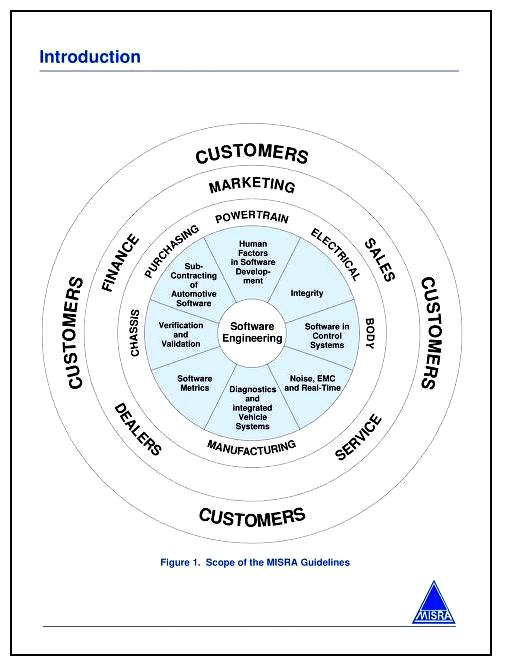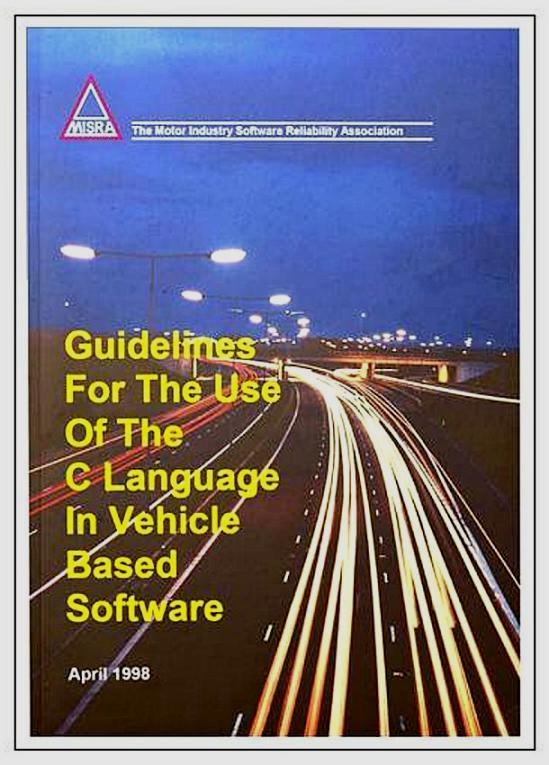|
David Newman - a 40 year career contents - Institution
of Electrical Engineers |
|||||||||||
|
________________________________ |
|
||||||||||
|
|
Aldermaston 1957-1962 |
Select an image to enlarge and zoom in
Apprentices school
Blacknest Hostel Apprenticeship Brochure Prize day programme Sir John Cockroft presents prize all metal plane Slide rule prize Brief case prize |
|||||||||
|
DN
was accepted as a “craft apprentice” at the Atomic Weapons Research
Establishment, Aldermaston (now called AWE) and spent the first year in their mechanical
engineering apprentice’s school, while living in the fantastic Blacknest Apprentices hostel. At
the time a brand new electronics training facility was being built next to
the apprentice’s school at the time and I immediately volunteered to be in
its first year. During
the 5 years one moved around many engineering workshops, but never saw
nothing that look anything like a nuclear weapon! I did win two treasured
prizes however, one presented by Sir John
Cockcroft: a Faber Castell slide rule and a leather briefcase, both of
which I kept and used until they became yesterday’s technology. As I recall
it one prize was for machining an all metal woodwork’s plane. The
Nuclear Physics department designed and maintained portable radiation
measuring tools which contained the newly developed transistors. At the time
I was attending the Reading Technical College HNC course so asked the
lecturer if they were going to tweell us about transistors. His reply was “Oh
no, we know nothing about these recent devices. Where do you work?”! Towards
the end of the 5 years was offered a permanent position in a electronics
drawing office, but realised that this only involve drawing mechanical
aspects of a design and had no involvement in the Electronic design or
theory. Having expressed this to the bosses on completion of the 5-years was
appointed as an Assistant Experimental Officer and found myself working on a
new fusion research project called “Phoenix” under the direction of nuclear
physicist Dr. Donald Sweetman. After
just a year the whole team moved to the newly built Culham Laboratory near
Abingdon and DN moved with them. Dr. Sweetman later became the director of the Culham
laboratory. |
|||||||||||
|
|
________________________________ |
|
|||||||||
|
|
Culham Laboratory 1962-1965 |
||||||||||
|
At
my first meeting with the head of Culham Laboratory’s Electronics Division I described the
15Kvolt amplifier I had recently built at Aldermaston at the request of my
boss in an attempt to stabilise the highly unstable plasma within the Phoenix
machine. He was highly sceptical about whether this simple one term feed-back
control system could even work and was also concerned about me working alone
on 15Kvolts. Having
helped re-assemble the Phoenix
project electronics equipment at Culham after the move I found myself
suddenly “invited” to work on Culham’s EMI
EMIAC” analogue computer which was by then based on elderly thermionic
valves and was used to solve electrical and nuclear physics dynamics problems
using differential equations. This involved having to learn about calculus
(which I have not learnt about at school) and complex Control Systems. One
assignment I was given was to build a special
function generator to be used on the analysis of satellite scans of the
Sun. The Culham based English Electric KDF-9
was used to spot check individual results and for this I needed to learn the
FORTRAN programming language, which was my first involvement with computer
programming. The KDF-9 mainframe computer was nowhere fast enough nor had the
capacity to carry out all the calculations required. The
satellite data came from UK rockets launched at Woomera, AU and a colleague
at Culham was assigned to attend these launches, I asked him if I could get
in one of these trips he said he would ask the ESRO guys. He came back with a
job application form which I complete and I was invited to Deft for an
interview and subsequently offered a job at ESTEC, Noordwijk in Holland. During
the Culham period I joined the British Institution of Radio Engineers as a
full Member (later becaming the Institution of Electronics and Radio
Engineers) as my HNC qualification did not enable one to join the prestigious
Institution of Electrical Engineers. |
DN using the EMIAC analogue computer function generator EMI
Function Module EMI valve
unit Culham
report the Culham English
Electric KDF-9 |
||||||||||
|
|
________________________________ |
|
|||||||||
|
|
ESTEC, ESRO Noodwijk, Holland 1965-1969 |
Checkout
Trailer at ESTEC
ASR-33 ESRO-II on test trailer saved from the fire chamber
testing ERO-II team at Vandemberg in
1967 launch from the
Scout rocket coloured logo on the
casing |
|||||||||
|
While
at ESTEC Noordwijk, I participated in the first ESRO launch
as a computer programmer in their Maths Division and worked on the “ground
checkout equipment” of the ESRO-2 satellite. This was being built by Hawker
Siddeley dynamics, in Stevenage (now part of British Aerospace). It had six
UK university experiments onboard (but no on-board processors) and happened
to be ready for launch well before ESRO-1, which was being built by a French
company. My
first task at Noordwijk was to organise the 3 phase wiring in the two
trailers! Then I could tackle the software in the Honeywell DDP-116 processor which was
in two 6ft racks with just 16K of magnetic core memory. All the
content of the memory was lost when the power was turned off and it had to be
re-loaded each day from 8-hole paper tap. Fortunately,
while I was at Stevenage when the satellite was being modified there were
long periods when the checkout equipment wasn’t needed, so I could work on
the software that had initially been supplied by a contractor. This was my
first opportunity to learn assembler programming. The compiler and loader
also had to loaded via paper tape, with new code having to typed on an ASR-33 teleprinter. The only output
was on a large heavy line printer that had a mercury column memory seen on
the left in the launch
sequence from the trailer GIF image. This
was my first experience of real-time programming as the processor and printer
had to keep up with telemetry data being continuously transmitted by the
satellite. While
at Stevenage the Noordwijk facility, which was still under construction, was burnt to the ground! However, the
second trailer which was located there was saved from the fire by the
staff, who were able to push it away from the burning buildings. In
1967 the team went
to the Vandenberg Air Force Base in California for the launch which used a
redundant Scout
DOD military launch vehicle. I was in the trailer on a hill side watching and
took a sequence of
photos, but sadly the launch rocket and satellite fell into the Pacific
when the fourth stage failed and we came home. A
year later however, in 1968, the team went back to Vandemberg taking the
back-up satellite ESRO-2B and on this occassion I was invited to sit in the
blockhouse with the US Airforce generals and hold down the “Ready for Launch”
button while listening on head phone to the guys in the trailer. This time it
launched successfully and orbited the poles thousands of times to complete
its research work. An experience that will never be forgotten. Here
is a European Space Agency
press release about ESRO-2 |
|||||||||||
|
space simulation 50 year celebration card 50 year coin |
The launch seen
from Checkout Trailer |
||||||||||
|
commemorative postcard |
|||||||||||
|
________________________________ |
|
||||||||||
|
|
Marconi Radar, Great
Baddow, Chelmsford 1968-1972 |
Myriad at
Chelmsford Myriad at LATCC
triplicated FPPS diagram
IBM-9020 at LATCC |
|||||||||
|
I
joined Marconi Radar Ltd, at Great Baddow with the expectation of working on
graphics software projects, but was immediately placed with a team working on
an Air Traffic Control system for the London Air Traffic Control Centre
(LATCC), West Drayton. This was to be a real-time Flight Plan Processing
System (FPPS) presenting flight plan information on Visual Display Units
(VDU’s), which would replace the existing printed cardboard strips. The
requirement was that the displays were to be operated by the air traffic
controllers using an early form of “touch sensitive screen”. Apparently the
controllers did not wish to have to type on keyboards as they could then appear
to be no more than typists! It
was to be a highly reliable triplicated
computer system using three Marconi Myriad
machines which was new to everyone involved. Most of the software team
had no experience of real-time systems and having had previous real-time
assembler experience I was invited to join the small team working on the
software to handle the handshakes between the three CPUs. |
|||||||||||
|
The
contract was with the UK Board of Trade and Marconi were paid for the number
of lines of assembly code generated. This resulted that the management having
no interest in the programmers using subroutines, so they inevitably ran out of
memory and the system became too slow to handle the number of flights within
the south of England. When
system was finally handed over to the customers it was agreed that it could
only handle the amount of traffic in “middle airspace” which were mainly military
and non-commercial flights, and the recently created Civil Aviation Authority
decided that they had little choice but to purchase a proven IBM 9020 System
at a huge cost. Here is a New
Scientist article from 1972 about FPPS and the IBM 9020. After
FPPS was handed over to LATCC I was offered a position in the newly formed
CAA which was largely a merger between Department of Trade and Ministry of
Defence personnel. |
|||||||||||
|
|
________________________________ |
|
|||||||||
|
|
Civil Aviation
Authority, London 1972-1979 |
Ferranti Apollo
the programmable VDU |
|||||||||
|
While
based in CAA house, Kingsway in London, I was assigned an ATC planning role
in National Air Traffic Services (NATS) and concentrating on proposed “small systems” at Bournemouth and
Prestwick airports. My Bournemouth role involved evaluating the new “state-of
the-art” Programmable Visual Display Units (VDUs), later to become known as
PCs, for their potential use in air traffic control. I undertook this role
with some enthusiasm using my previous experience with the European Space
Agency and the ill-fated Marconi Myriad system for West Drayton and was able
to produce a sort routine that worked within the VDU. |
|||||||||||
|
The
bosses in both London and Bournemouth were staggered to discover that a small
box on a desk could actually re-sort flight data simply by selecting a key on
the keyboard and I could also not believe how quickly it happened. The
Internet did not exist in those days. The concept had been demonstrated. Recollections
of the Prestwick involvement were intriguing. On the first visit to the
Control Centre one was shown the then operational Ferranti system used to
control the UK’s half of North Atlantic. It was by then an ancient Computer
and 20 or 30 years old. It was at least based on transistors and not
thermionic valves! But a major problem was inadequate dust filtering and
cooling (maybe it was the dunes). This resulted in the discreet component
printed circuit boards having to be regularly removed and washed in soapy
water and dried in a specially constructed dryer before they could be used
again. Here is a 1960s article
entitled: Air
Traffic Computer by Computer which
is about Prestwick ATC and Ferranti’s involvement. When
it came to creating the specification for a replacement system it was soon
recognised that the existing system used some sophisticated mathematics to
calculate Great-Circle routes and times. These times were also used by the
airlines for planning and to display the arrival times at airports. It
transpired that no one at Prestwick knew how it did it and there was no
software source-code available. Ferranti
were asked if they had the mathematical algorithms and the source code that
that had been used, but the PhD level mathematician who had written the code
had long since left. They did not have the source code either and had no idea
how it worked, so it was back-to-basics using consultants to produce the
maths algorithms for the calculations needed. The
CAA procured a Digital PDP-11 system to evaluate its potential for Prestwick
and produced some Fortran code on it as part of that evaluation, but my back
could no longer cope with the daily trains journeys so moved to the Ford
Motor Company Research Centre at Dunton. As
many Air Traffic Controllers were members of the British Computer Society the opportunity was taken to also
join in 1975. |
|||||||||||
|
|
________________________________ |
|
|||||||||
|
|
Ford Motor Company,
Dunton 1979-1995 |
||||||||||
|
On
arrival at Dunton I was invited to work a new PDP-11 based project that was to be
installed in about 50 engine dynamometer cells, Each cell was to have a programmable VDU
fitted with function keys that the operator would use to store engine data,
edit and send to a communal printers. I soon learned that the Systems
Department at Dunton no experience of using a “mini-computer” in a real-time
environment or of using FORTRAN. Once
this project was up and running I was transferred to a new role as a
supervisor of a CDC mainframe
computer which they explained was to give me “management experience”.
During that period I party to about 20 data entry operators, who were using
punched cards, being assigned to other work as all the engineering staff were
encouraged to enter their own data using a PC. In
1982 Ford of Europe made its first in-road into using a microprocessor
in-vehicle for Engine Management, fuel injection and Idle Speed Control. Ford
in the USA had already been using these for several years to meet exhaust
emission standards which had not yet been adopted in Europe at that stage. The
first project in European was to use the Ford developed EEC-IV engine
management system to reduce fuel consumption on the six cylinder Ford
Scorpio by not injecting fuel into three of the cylinders when not needed
such as when idling. The project was called “3 x 6” and
initially involves spending considerable time at Dearborn, Detroit gaining
the experience of programming the EEC-IV in assembler. Ironically
the biggest challenge at that time was producing the software needed for idle
speed control which had the complex code used in the USA could not be adapted
for the smaller Ford-of-Europe engines without all of the emissions control
code as well, so it decided to produce a new version of the Adaptive PID controller for
the “3 x 6” and European use. Another
consequence of spending time at Dearborn was that I learnt about their
“Software Design Verification” (SWDV) process. This involved using a
mainframe computer to do a back-to-back comparison between the real-time
assembler code and an equivalent Fortran version executed on the mainframe.
The main motivation for doing this in the USA was to preserve evidence of
thorough testing of the software should any litigation arise associated with
exhaust emissions. We adopted this same advanced technique at Dunton which
later led to my involvement with the IEE and SCSC. Once
the USA style exhaust emission legislation had been introduced into Europe,
all vehicles needed fuel injection and an engine management system. Although
the EEC-IV system was largely a table driven system, which could be
calibrated for each engine and vehicle variant, the size of the software team
grew substantially and I was appointed supervisor. In
the mid 1980s Ford increasingly bought in from automotive suppliers other
in-vehicle systems such anti-lock brakes, central door locking, air-bags,
etc. which were based on microprocessors with software, and occasionally
there were doubts about the reliability of the software in them. Hence I
acquired the role of visiting these suppliers to quiz them about their
software design and testing methods, which was in some cases quite revealing.
|
PDP-11 CDC-6600 DN cartoon with engine electronics VDU with function keys Engine
management module Block
Diagram PID
controller diagram 3x6
strategy book cover Ford
publicity card DN on BBC TV
“Antenna” |
||||||||||
|
In
on more than one visit I uncovered that the code was produced by one young person
working alone with no formal training of programming or any previous
experience, who then simply handed a prototype module over to mechanical
engineers to be tested “on the road”!
So it became appropriate to describe the Ford testing technique for the
in-house engine management software and at that time had to make the point
that these was far less “safety critical” than the systems they were
producing and something needed to change. One result was an A5 coloured Guiding Principles card
which was produced in conjunction with the Purchasing and Public Relations
offices and was sent to all the Ford suppliers. In
1987 Ford took over the Aston Martin Company and were offered engineering
support from Dunton. I was invited to go to Newport Pagnell to discuss how
they could use the Ford Engine management system and if special software
would be needed. I was amazed how basic their facilities were apart from the
workshop where vehicles were assembled there were just a few offices and
laboratories in an ancient building. There was a small electrical/electronic
lab which it seemed was home to just one electrical engineer. I
described the Ford EEC-IV system and the way it was “table driven” so the
main task for them was to calibrate their engines and vehicles by filling in
the tables using the EEC-IV tools that would be supplied. They went ahead and
no special software was needed. In
1988 I became a full Member of the IEE when IERE merges with the IEE and this
became key to my later IEE involvement. In
1989 Ford took over the Jaguar Cars and again I was invited to go to
Coventry, this time as part of a team, to share ideas about how the two
companies could work together. At that time, Jaguar bought in all the fuel
injection systems and other electronics from various European suppliers.
Again they were offered the Ford engine management system which they adopted. Their
Electronics Manager that I had discussion with however was more concerned
about the reliability of the software that they were purchasing from a range
of suppliers. We agreed in an ideal world there should be an industry-wide
standard to judge the quality and reliability for bought in products that
included software, as existed already for many other automotive components.
He suggested that we should jointly approach the Society of Manufacturers and
traders (SSMT) with a proposal that the automotive industry should begin work
on producing such a standard. The result was the SSMT contacted the Motor
Industry Research Association (MIRA) and wrote to all UK members of the SSMT.
A first meeting took place in 1991 at Nuneaton and it was agreed to create a
new The Motor Industry Software Reliability Association
(MISRA). In
1990 with the blessing of the Public relations department DN took part in a
BBC TV Antenna programme discussing safety critical software. The
contribution was recorded at Dunton and a clip can be seen here... www.youtube.com/watch?v=SVpW8f8p70o
In
1995 and at the age of 55 I received an offered and accepted early retirement.
Part of the terms was that I would be offered contract/consultancy work with
a Ford partner and contacts with local charitable organisations needing
volunteer engineers, and I took up both offers. I was invited to make regular
visits to Jaguar in Coventry to help with their planning for ISO-9000
certification associated with in-vehicle systems with software included. At
the same time I was put in touch with the Chelmsford based charity Interact which helped disadvantage adults get back
into work by teaching them up-to-date I.T. skills. In my case it was mainly
helping them o use MS Word and Excel, and this I did one day a week for four
years. I also decided I should stand down
as Chairman of MISRA at this time as I no longer had the same role at Ford. |
|||||||||||
|
|
______________________________ |
||||||||||
|
|
Institution of Electrical
Engineers 1989-1997 |
The IEE
London building admitted as a
Fellow |
|||||||||
|
Ford
at Dunton were approached by the IEE to provide a representative to sit a newly
formed committee investigating standards for safety critical systems as they
had heard about our involvement with Software Design Verification. As it
happened there were virtually no full members of the IEE at Dunton as at that
time the vehicles only contained 12 volts and radios were bought in, so all
the engineers involved with the wiring layouts were mechanical engineers who
were members of IMechE. Have
joined the IEE committee I found that I was only member from the automotive
industry; the others being from aerospace, the military and the nuclear
industries. Having been
sponsored by members of this IEE committee, in 1991 I was appointed
Fellow of the IEE. This
IEE committee later became the foundation of the Safety Critical Systems
Club. |
|||||||||||
|
|
______________________________ |
|
|||||||||
|
|
Safety Critical Systems
Club 1991-1995 |
SCSC header and logo |
SCSC 30yr record |
||||||||
|
SCSC was sponsored by the Department
of Trade & Industry and the Science & Engineering Research Council,
and was supported by the British Computer Society and the Institution of
Electrical Engineers. DN
was invited to join the group because of FMC’s acknowledged involvement in
formal “Software Design Verification” techniques developed as part of meeting
USA exhaust emission regulations and later was invited to be its chairman. In
this period presented various
technical papers at their annual conferences and elsewhere about
automotive industries methods and plans for handling in-vehicle software. |
|||||||||||
|
|
______________________________ |
|
|||||||||
|
|
Motor Industry
Software Reliability Association 1989- 1995 |
||||||||||
|
As
a result of Ford taking over Jaguar I was invited to meet with the manager
of Jaguar Electronics division to discuss the potential to use the Ford
engine management system and software in their vehicles. Jaguar had only ever
used suppliers such as Locus and Bosch and had no means of judging the
quality aand reliability of their software. We agreed the industry needed a
standard to work to as it does with most other bought in components We agree
to do something about it and contacted the SMMT who in turn contacted all
their UK members. The result was a series of meetings at MIRA at Nuneaton in
1991 and MISRA was formed. Here is an article entitled... What is MISRA? As
a founding member of this new group and with past experience of real-time
programming in other sectors, I was invited to become the first chairman. We
set a goal of producing guidelines specifically for the automotive sector,
having recognised that existing guidelines and standards used other sectors
such as the aerospace, military and nuclear that were much more advanced on
this subject. Also it would be inappropriate
to apply any of these standards to automotive engineering. With regular
weekly meetings planned, European based companies declined our offer to join
and attend, and Ford in Detroit declared I was already their representative. The
first edition of the MISRA guidelines were published in 1994 and work then
immediately began on producing associated guidelines for the C language.
Having taken early retirement from FMC in 1995, it was inappropriate to
continue as the MISRA chairman. The first version of the C language
guidelines were subsequently published in 1998. |
Computer
Weekly 1994 article MISRA
Guidelines scope of guidelines MISRA-C guidelines v1 |
||||||||||
|
|
______________________________ |
|
|||||||||
